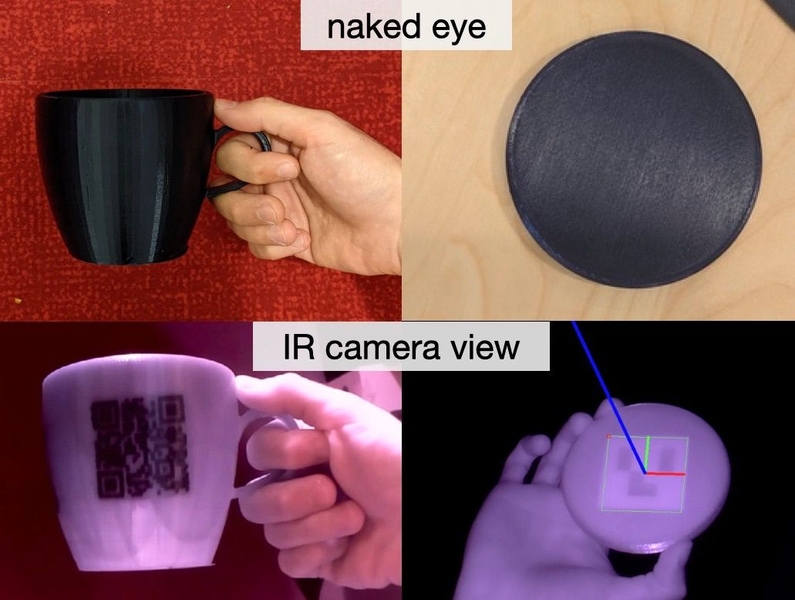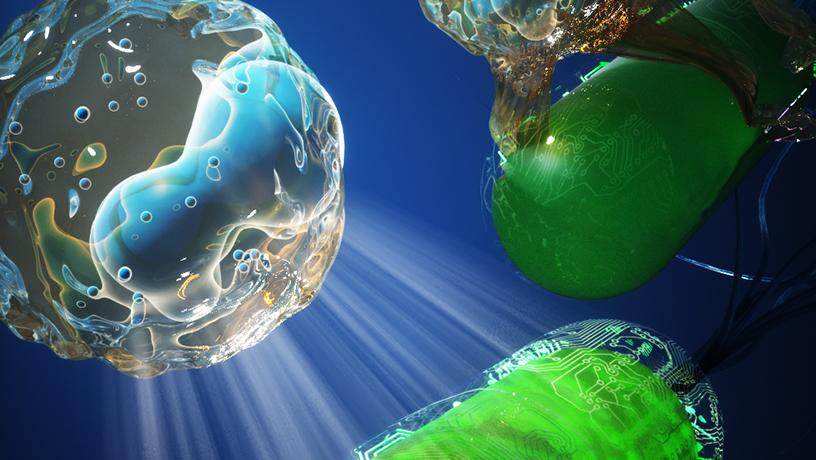According to a number of research reports, the global 3D bio-printing market in the healthcare industry is set to grow at a compound annual growth rate (CAGR) of nearly 15% to about $6 billion by 2020. The key players in this global growth include 3D Systems, Envisiontec, EOS, Materialise, and Nanoscribe, among others.
Current use of 3D bio-printing mostly involves building bone structures using liquids and powders based on a 3D model of a patient’s anatomy and tissues using medical image data obtained from CT scans, MRIs and 3D ultrasound. Using this technology, surgeons can measure, design and produce bone structures, such as a pelvis, to help fix fractures, breaks and other irregularities. The visualization technology also helps surgeons to prepare for and simulate surgery leading to better outcomes.
The Future of 3D Bio-Printing
The future of 3D bio-printing will see the printing of synthetic tissues and entire human organs, leading to a medical revolution. In the way that we are all familiar with printing sheets of paper and colored photographs today, just a couple of decades down the road doctors will be printing biocompatible teeth, bones, tissues and organs in a matter of minutes. Most people are familiar with color cartridges that produce 2D colored images. But 3D bio printers will have cartridges filled with living cells.
Future medical applications likely include tissue engineering, drug discovery, regenerative medicine, dental implants, cosmetic and personal improvement, and biosensors in food and animal products.
The following video shows Materialse and its efforts to create solutions for 3D printing in hospitals, a development that will help foster personalized healthcare.
The following video is a Web M.D. report, “Transforming Lives with 3D Printing-Future of Health”:






